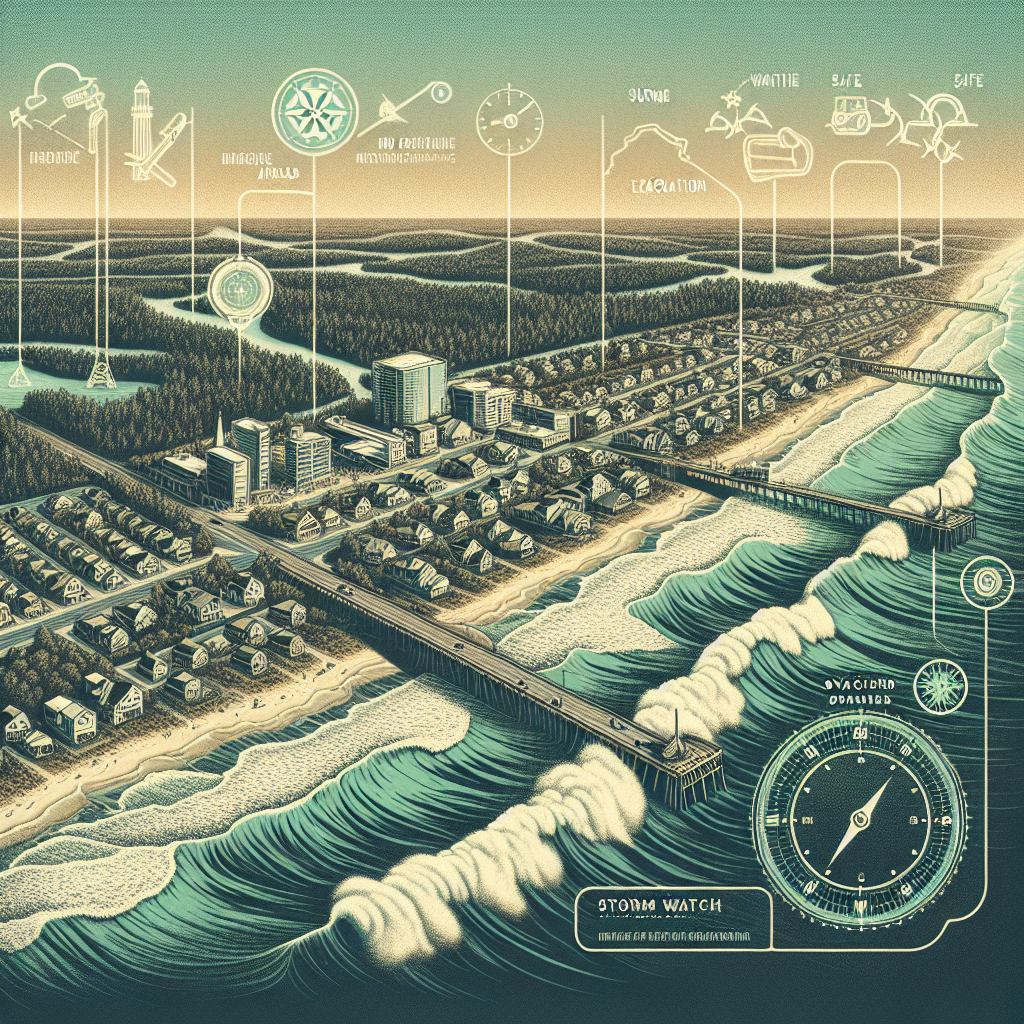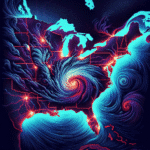Understanding Storm Surge Watches: What North Carolinians Need to Know
As hurricane season approaches, residents of coastal regions like North Carolina must prepare for the potential impact of severe weather. Among the many warnings and alerts issued by meteorological agencies, one crucial term often surfaces: “storm surge watch.” Understanding what a storm surge watch entails can be vital for safety and preparedness.
What is a Storm Surge?
Storm surge refers to the abnormal rise in seawater level during a storm, primarily caused by strong winds pushing water toward the shore. This phenomenon can lead to significant flooding along coastlines, making it one of the most dangerous aspects of hurricanes and tropical storms. In some cases, storm surges can raise water levels by several feet above normal tide levels.
What Does a Storm Surge Watch Mean?
A storm surge watch is an alert issued when there is a possibility of life-threatening inundation from rising water within 48 hours. It indicates that conditions are favorable for significant flooding due to storm surges but does not guarantee that it will happen. The purpose of this alert is to inform communities at risk so they can take necessary precautions.
How Does It Differ From Other Alerts?
It’s essential to differentiate between various weather alerts:
– **Storm Surge Warning**: This means life-threatening inundation is expected within 36 hours or less.
– **Hurricane Warning**: A hurricane with sustained winds of 74 mph or higher is imminent.
While both watches and warnings indicate serious threats, watches serve as advance notice allowing individuals time to prepare.
The Importance of Preparation
For North Carolinians living near the coast or in low-lying areas, being aware when a storm surge watch has been issued should trigger immediate action:
1. **Stay Informed**: Monitor local news channels and weather apps for updates on impending storms and any changes in advisories.
2. **Emergency Kits**: Prepare an emergency kit containing essentials such as food, water, medications, flashlights, batteries, important documents, and first-aid supplies.
3. **Evacuation Plans**: Familiarize yourself with evacuation routes in your area well before any storms hit; know where you would go if you need to leave your home quickly.
In addition to personal preparation measures like these, community readiness plays an essential role in mitigating risks associated with storm surges.
Community Preparedness Efforts
Local governments typically have disaster response plans that include education campaigns about flood risks associated with hurricanes. Residents are encouraged to participate in community meetings focused on emergency preparedness strategies specific to their neighborhoods’ vulnerabilities.
Moreover, understanding local infrastructure—such as levees or sea walls—and how they might protect against flooding can help residents make informed decisions regarding evacuation versus sheltering-in-place during severe weather events.
Conclusion
Being proactive about understanding what a storm surge watch means allows North Carolinians not only to safeguard themselves but also contribute positively towards their communities’ overall resilience against natural disasters. As we continue through hurricane season each year—a time fraught with unpredictability—staying educated about potential hazards like storm surges becomes increasingly critical for ensuring safety along our beautiful coastline.



